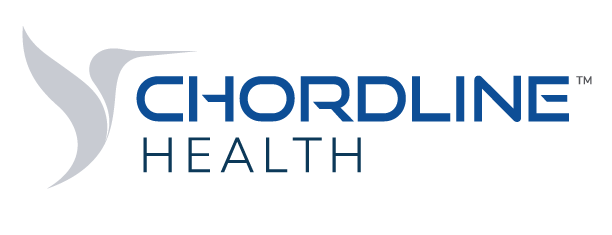
Turning Population Health Data into Actionable Intelligence
EMBEDDED ANALYTICS ARE KEY
In an environment where “fast science, fast data exchange [and] fast communication” are vital to delivering targeted interventions that improve population health, having the right data to boost outcomes is crucial, Georges Benjamin, executive director of the American Public Health Association, shared during a Boston University panel on “The Future of Population Health.”
Yet the ability to dig deep into population health data depends not just on the ability to integrate data from disparate systems, but also seamless access to analytics. Only then can clinicians gain the intelligence needed to make an impact.
Key to success: embedding analytics directly within an organization’s population health data platform and making it easy for clinicians to view, interpret and act upon these data insights.
At Chordline Health, we’re seeing clients leverage a core cluster of population health analytics programs—from diabetes to heart failure management, chronic obstructive pulmonary disease, maternal health and more—to manage and tailor care to an individual’s specific needs.
THE PROBLEM: Manual Processes Leading to Burnout and Poor Patient Outcomes
Leading health plans manage complex conditions using data not just from their own cohort of patients, but also data from similar populations at a regional and national level. This data takes into consideration the SDOH factors that impact 47% of health outcomes. When combined with predictive analytics, this results in speed to insight, strengthening care managers’ ability to improve population health and member outcomes.
But too often, applying analytics to population health data relies on highly manual processes. Such processes not only contribute to clinician turnover and burnout, but also raise the potential for data entry errors that can delay care. They also slow down clinicians’ access to intelligence that could inform targeted interventions that are most likely to make a difference.
That’s why it’s important that health plans leverage a population health management platform that incorporates data-based insight in near real time.
Embedded analytics capabilities ensure care managers won’t have to wait longer than necessary to identify the highest-risk patients and coordinate evidence-based interventions. From a business perspective, it’s a powerful way to strengthen efficiency in population health management, reducing costs. From a member perspective, it’s a conduit to the more personalized care that members crave.
At Chordline, for example, integrating feature-rich analytics directly into our SaaS application gave us a competitive advantage by providing real-time, insightful data to clinicians that use the platform without requiring them to access external tools or platforms. This integration streamlined the user experience. It also differentiated our population health management offering in the market, boosting user engagement and retention.
THE SOLUTION: Investing in the Right Platform to Unlock Actionable Insights
Unlocking actionable intelligence with a population health platform that offers seamless access to data analytics is a competitive differentiator for health plans. It supports better member outcomes while empowering the health plan to attract top clinical talent. But it’s important to ensure the SaaS solution delivers the capabilities the health plan needs most.
Here are three guiding factors in selecting the right analytics platform for population health.
-

Look for a population health management platform that incorporates data-based insight in near real time.
This ensures your organization won’t have to wait longer than necessary to identify the highest-risk patients and deliver evidence-based interventions.
-

Make sure the platform’s predictive analytics capabilities are as robust as possible.
Key characteristics include the ability to assign risk scores based on claims data and other member-specific factors, such as diagnosis, utilization patterns and medication adherence. Be certain, too, that analyses can be applied across multiple populations.
-

Leverage the analyses in determining how to build upon population health management programs.
For example, given that weight management influences outcomes for many chronic and complex conditions, explore options for incorporating weight management within your population heath management program. Look for opportunities to apply data-based insight—from your own population or a peer cohort—to inform your efforts.

